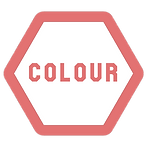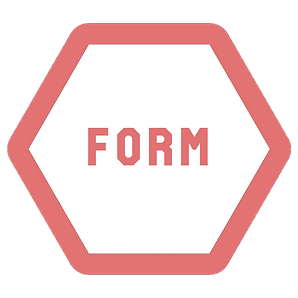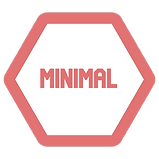The Visual Elements of Art
The Visual Elements of Art are Line - Tone - Form - Colour - Shape - Space - Pattern - Texture. They are the building blocks of art. When we look at any drawing, painting, sculpture or design, we examine these component parts to see how they combine to create the overall effect of the artwork.

In Y7 we explore...
What is line...
Line is the foundation of all drawing. It is the first and most versatile of the visual elements of art. Line in an artwork can be used in many different ways. It can be used to suggest shape, pattern, form, structure, growth, depth, distance, rhythm, movement and a range of emotions.
We break each of the Visual Elements into something we call 'Devices'.
Devices are artistic techniques use by artists to create a certain effect, evoke certain emotions or to create certain visual meanings.
When you learn how to use these devices in your own work (and why), you will be building up your own artistic toolbox of skills.
Devices...

Artistic Devices of line...
What is form...
Form is the physical volume of a shape and the space it occupies.
Form can be representational or abstract. Form generally refers to sculpture, 3D design and architecture, but may also relate to the illusion of 3D created by using shading techniques on a 2D surface in a drawing, painting or print.
We break each of the Visual Elements into something we call 'Devices'.
Devices are artistic techniques use by artists to create a certain effect, evoke certain emotions or to create certain visual meanings.
When you learn how to use these devices in your own work (and why), you will be building up your own artistic toolbox of skills.
Devices...

Artistic Devices of form...
What is tone...
Tone is the lightness or darkness of a colour. The tonal values of an artwork can be adjusted to alter its expressive character.
Tone can be used to create a contrast of light and dark, and to create the illusion of form. Tone can create dramatic and tranquil atmospheres, and give a sense of depth and distance.
We break each of the Visual Elements into something we call 'Devices'.
Devices are artistic techniques use by artists to create a certain effect, evoke certain emotions or to create certain visual meanings.
When you learn how to use these devices in your own work (and why), you will be building up your own artistic toolbox of skills.
Devices...

Artistic Devices of tone...
What is colour...
Colour is the visual element that has the strongest effect on our emotions. We use colour to create the mood or atmosphere of the artwork.
Colour can be naturalistic and imitate the colours we see in real life. Colour can also be expressive and extreme to really heighten our emotional response. Colour can be the sole enjoyment in a picture.
We break each of the Visual Elements into something we call 'Devices'.
Devices are artistic techniques use by artists to create a certain effect, evoke certain emotions or to create certain visual meanings.
When you learn how to use these devices in your own work (and why), you will be building up your own artistic toolbox of skills.
Devices...

Artistic Devices of colour...

THE VISUAL ELEMENTS
The Visual Elements have a relationship to one another:
-
Most images begin their life as line drawings.
-
Lines cross over one another to form shapes.
-
Shapes can be filled with tone and color, or repeated to create pattern.
-
A shape may be rendered with a rough surface to create a texture.
-
A shape may be projected into three dimensions to create form.
































